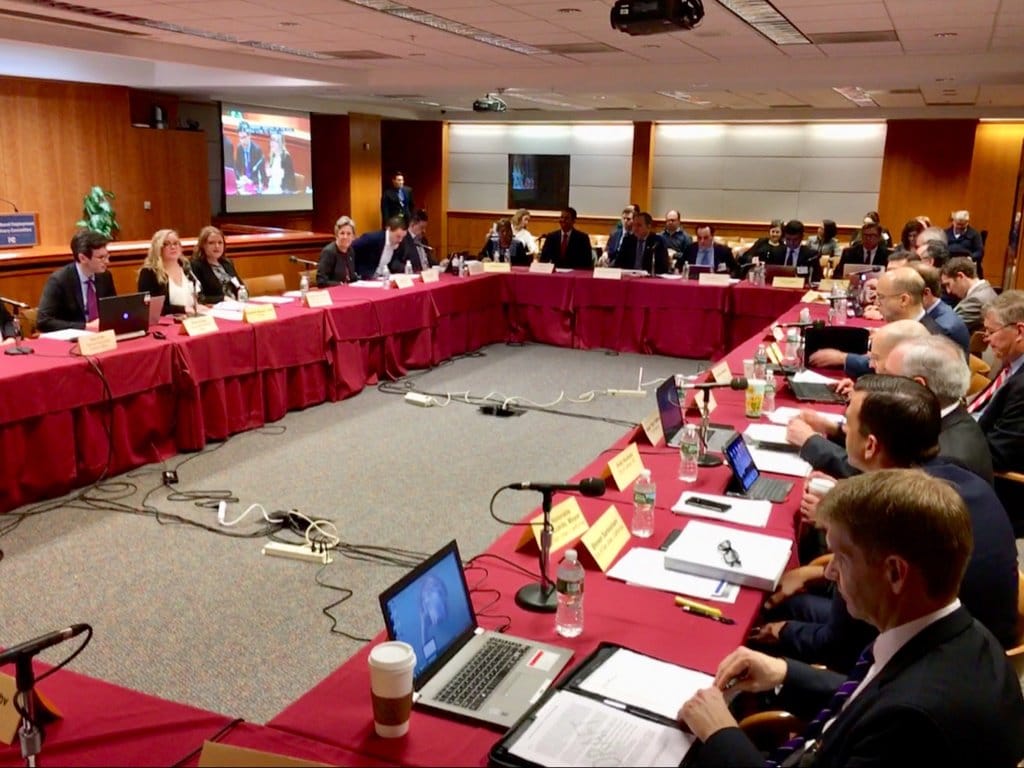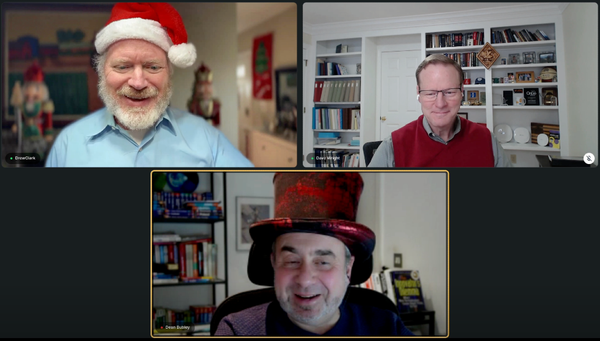New Broadband Deployment Advisory Commission of FCC Aims to Avoid Pitfalls of Last Body
The Federal Communications Commission on Thursday released the names of 32 officials selected for the newly re-chartered Broadband Deployment Advisory Commission. The new BDAC, which will have its first meeting on June 13, 2019, at 9:30 a.m., may avoid one of the most widely-criticized aspects of th

The Federal Communications Commission on Thursday released the names of 32 officials selected for the newly re-chartered Broadband Deployment Advisory Commission.
The new BDAC, which will have its first meeting on June 13, 2019, at 9:30 a.m., may avoid one of the most widely-criticized aspects of the prior entity: A lack of local government representation.
The chair and vice-chair of the BDAC will continue as before, with Chair Elizabeth Bowles, president of Aristotle Unified Communication, a wireless internet service provider; and Vice Chair David Young, fiber infrastructure and rights of way manager for the City of Lincoln, Nebraska.
Additionally, the panel will include Larry Hanson, executive director of the Georgia Municipal Association (a prior member) and Eve Lewis, assistant city attorney for the City of Coconut Creek, Florida.
Additionally, although not municipal officials, members of the newly-paneled BDAC include Jim Matheson, CEO of the National Rural Electric Cooperative Association; Kelleigh Cole, manager of strategic projects for the Utah Education and Telehealth Network; Karen Charles Peterson, commissioner with the Massachusetts Department of Telecommunications and Cable; and Gregg Sayre, Commissioner for the New York Public Service Commission.
The prior BDAC, which met in 2017 and 2018, had been heavily-criticized as being industry-dominated. In fact, the National League of Cities and other municipal stakeholders collaborated to nominate 26 local representatives for positions on BDAC. Yet when the committee was unveiled, only one — San Jose Mayor Sam Liccardo — was empaneled.
Liccardo resigned from the BDAC in January 2018, and accused the BDAC of “advancing the interests of the telecommunications industry over those of the public” and therefore furthering the digital divide, despite how FCC Chairman Aji Pai claimed it was a priority to close the divide.
A subsequent representative from local government, New York City Chief Technology Officer Miguel Gamino, resigned in March 2018. He was not immediately replaced, although Young was appointed as vice chair of the group in July 2018.
This second iteration of the BDAC may have a more circumscribed agenda than the original BDAC. According to the public notice issued Thursday, the FCC said that “the BDAC will continue its work to craft recommendations for the Commission on ways to accelerate the deployment of high-speed Internet access, or ‘broadband,’ by reducing and/or removing regulatory barriers to infrastructure investment and strengthening existing broadband networks in communities across the country.”
Specifically, the BDAC and its three working groups will address:
- Disaster Response and Recovery Working Group—Measures to improve resiliency of broadband infrastructure before a disaster occurs, and strategies that can be used during and after the response to a disaster to minimize broadband network downtime.
- Increasing Broadband Investment in Low-Income Communities Working Group—New ways to encourage the deployment of high-speed broadband infrastructure and services to low-income communities.
- Broadband Infrastructure Deployment Job Skills and Training Opportunities Working Group—Ways to make more widely available and improve job skills training and development opportunities for the broadband infrastructure deployment workforce.
Other public-interest focused representatives, or state-government officials, on the newly-chartered BDAC include Scott Rudd, director of broadband opportunities, Office of Lt. Governor Suzanne Crouch, State of Indiana; Rikin Thakker, vice president of the Multicultural Media, Telecom and Internet Council; and Carlos Gutierrez, deputy director of the LGBT Technology Partnership & Institute.
See Also:









Member discussion